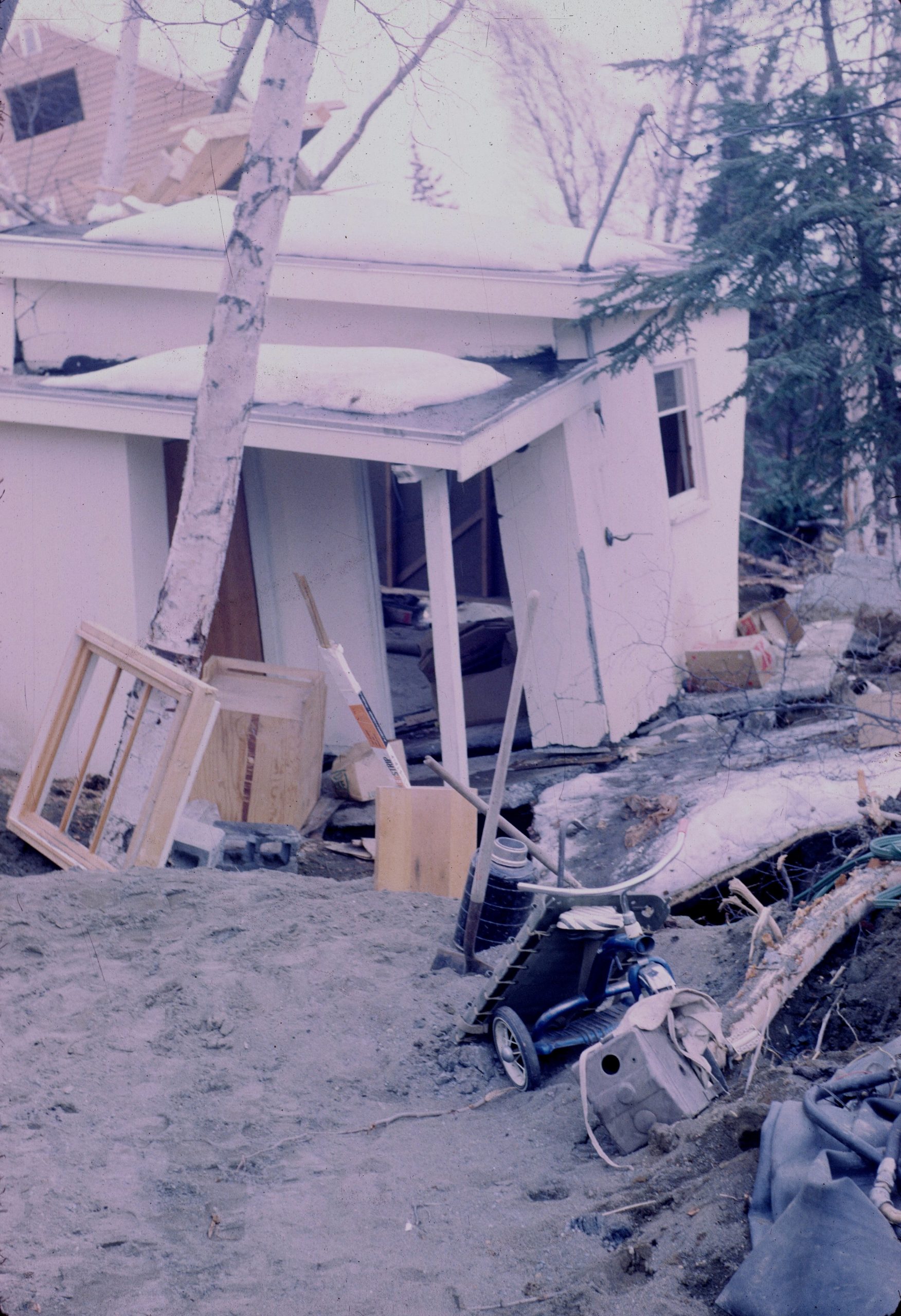Natural disasters can strike at any moment, leaving people stranded and in need of help. In such situations, communication becomes the key to survival. This is where telecom plays a crucial role. With telecommunications services like telephones and internet, people can contact their loved ones, emergency services providers for help or updates on the situation. The importance of telecom during natural disasters cannot be emphasized enough as it acts as a lifeline for those affected by natural calamities. In this blog post, we explore why having reliable telecom services in times of disaster is essential and how they play an integral part in emergency communication efforts during these trying times.
What is telecom during a natural disaster?
Telecommunications play an important role in emergency communication during natural disasters. Cellular networks provide basic voice and text services to people in affected areas, while satellite and terrestrial radio broadcasts can carry critical weather information and other vital updates. In addition, emergency responders can use landlines to communicate with each other and with headquarters.
Since telecommunications networks can be disrupted by a natural disaster, it is important for emergency responders to have access to reliable communications. When a disaster strikes, municipal, state, or federal authorities may initiate a coordinated response effort that relies on interoperable communications systems. However, if one of the responding organizations is not able to operate effectively due to a lack of access to telecommunications infrastructure or cellular service, the entire response effort could fall apart.
The Federal Emergency Management Agency (FEMA) has developed guidelines for ensuring effective telecommunications during emergencies. These guidelines stress the importance of establishing goals and planning for how communications will work during an event. Additionally, all responders must have a working understanding of their own network capabilities and how those capabilities will affect their ability to communicate during an event.
The role of telecom in emergency communication
Telecommunications play an important role in emergency communication during natural disasters. The availability of audio and video communication allows responders to share information, coordinate responses, and provide support to victims quickly. Wireless networks can also help restore power and communications in affected areas.
Some of the benefits of telecom during a natural disaster include:
– Quick Response: By communicating with each other rapidly, responders can better organize and respond to the disaster.
– Coordination: By sharing information between facilities and agencies, responders can better plan their response.
– Support for Victims: Providing communication to victims can provide them with important information and emotional support.
The different types of telecom during a natural disaster
When it comes to emergency communication during natural disasters, there are a few different types of telecom that can be used. Even though people may think of telecommunications as just phone service, there are a variety of other services available that can help with communication during emergencies. These services include satellite communications, cellular networks, and Wi-Fi.
Satellite Communications: In cases where an area is inaccessible or damaged by the disaster itself, satellite communications can be a valuable tool for providing critical information. Because satellites are located in space and not affected by weather or terrain, they can provide reliable service even in difficult conditions. Satellite communications also have the ability to reach areas that traditional telecom services cannot.
Cellular Networks: Cellular networks provide coverage in most parts of the country and have the ability to connect to more towers than traditional telecom services. This means that cellular networks can often get a cell phone signal even in places where terrestrial networks do not work well. Cellular networks also have the ability to send large amounts of data which can make them ideal for sending video and photos during an emergency.
Wi-Fi: Wi-Fi is a type of wireless networking technology that uses radio waves instead of telephone lines to transmit data. This makes it able to cover larger areas than traditional telecom services and can sometimes be more reliable in difficult conditions. Wi-Fi also has the ability to send large amounts of data which can make it ideal for sending video and photos during an emergency.
How telecom helps in emergency communication
telecom helps in emergency communication during natural disasters
When a natural disaster such as a hurricane or tornado strikes, the immediate priority for first responders and civilians is to evacuate to safety. However, before people can leave their homes, officials need to know if there is an emergency situation in place. This is where telecommunications come into play.
Telecommunications companies use technology like cell phones and satellite dishes to provide critical information during emergencies. This includes not only locating people but also providing updates on the status of the storm and public safety announcements. In addition, telecom companies work with local authorities to establish communication networks that are specific to each area affected by a disaster. This allows first responders and civilians to connect with each other and share vital information without having to rely on outside sources.
Conclusion
The telecom industry is critical in emergency communication during natural disasters. With reliable telecommunications, responders can effectively coordinate responses and communicate with each other to ensure the safety of people affected by a disaster. In addition, telecom providers can provide essential services such as weather and traffic updates that are important for residents affected by a natural disaster.




